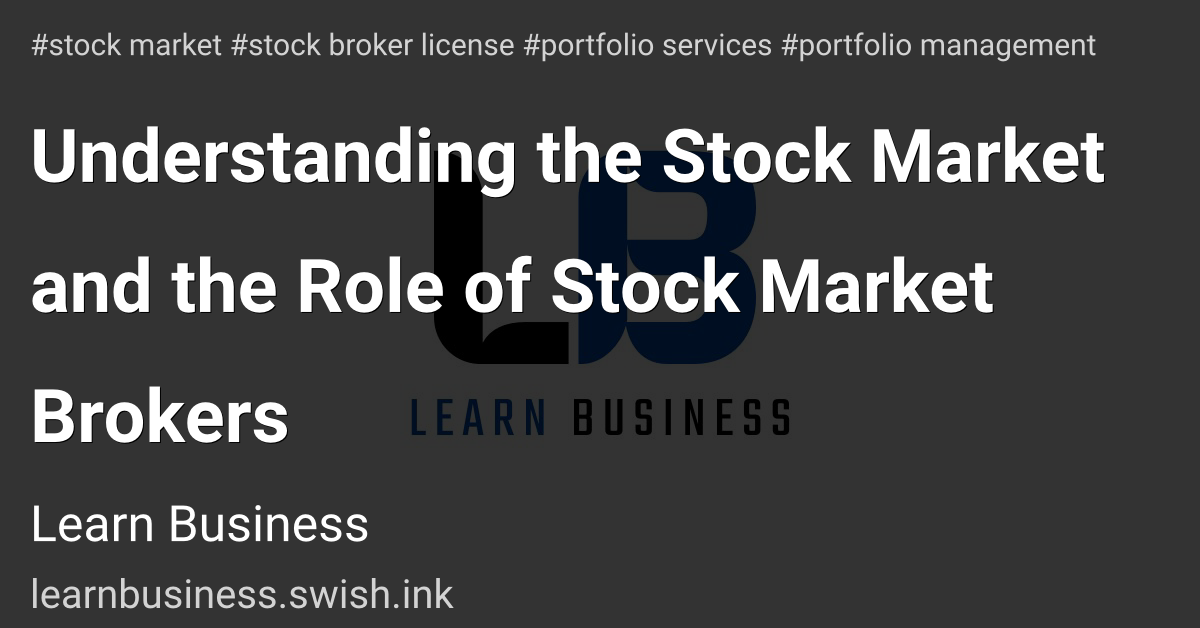What are the Small, Medium, and Large Caps in the Stock Market
In the vast universe of the stock market, investors encounter a variety of terms that may seem daunting at first glance. Among these are small-cap, medium-cap, and large-cap stocks. Understanding these categories is crucial for investors, as they play a significant role in shaping investment strategies and risk management. In this article, we'll delve into what small, medium, and large-cap stocks are, their characteristics, and the considerations investors should bear in mind when navigating these segments of the market.

Defining Small, Medium, and Large Cap Stocks: Small, medium, and large-cap stocks categorize companies based on their market capitalization, which is the total value of a company's outstanding shares. Here's a breakdown of each:
- Small-Cap Stocks: Small-cap stocks typically represent companies with a market capitalization ranging from $300 million to $2 billion, although these figures can vary depending on the market. These companies are often younger, with high growth potential and higher volatility compared to larger counterparts. Small-cap stocks are often found in sectors such as technology, biotech, and emerging industries. Due to their smaller size, these companies may offer significant growth opportunities, but they also come with increased risk.
- Medium-Cap Stocks: Medium-cap stocks fall between small-cap and large-cap stocks, with market capitalizations generally ranging from $2 billion to $10 billion. These companies are usually more established than small caps but still offer growth potential, albeit at a more moderate pace. Medium-cap stocks often strike a balance between growth and stability, making them appealing to a broader range of investors. They can be found across various sectors, including consumer goods, healthcare, and finance.Lets know the meaning of Midcap In Stock Market
- Large-Cap Stocks: Large-cap stocks are the behemoths of the market, representing companies with market capitalizations typically exceeding $10 billion. These companies are industry leaders with established track records, extensive operations, and often pay dividends. Large-cap stocks are known for their stability and tend to withstand market downturns better than smaller counterparts. Investors often turn to large caps for steady income, capital preservation, and exposure to established brands across sectors like technology, finance, and consumer staples.
Considerations for Investors: When investing in small, medium, or large-cap stocks, it's essential to consider several factors:
- Risk Tolerance: Small-cap stocks tend to be riskier but offer higher growth potential, while large-cap stocks are more stable but may offer lower returns.
- Investment Goals: Align your investment strategy with your financial goals and time horizon. Small-cap stocks may suit investors seeking aggressive growth, while large-cap stocks may appeal to those prioritizing stability and income.
- Diversification: Spread your investments across different market segments, including small, medium, and large-cap stocks, to mitigate risk and optimize returns.
- Research and Due Diligence: Conduct thorough research on individual companies, considering factors such as financial health, management quality, competitive positioning, and industry trends.
Conclusion: Small, medium, and large-cap stocks represent distinct segments of the stock market, each with its own characteristics and considerations. By understanding the differences between these categories and aligning them with your investment objectives and risk tolerance, you can build a well-rounded portfolio that balances growth potential and stability. Remember to diversify your investments and conduct thorough research to make informed decisions in navigating the dynamic landscape of the stock market.
Other Posts

